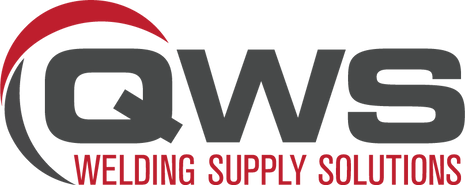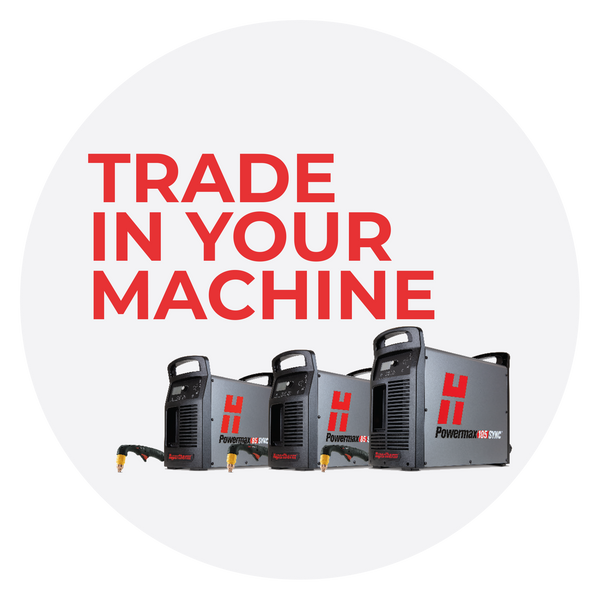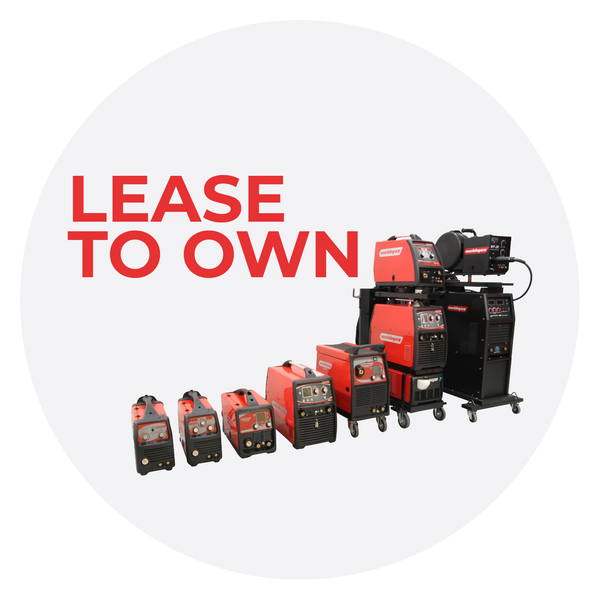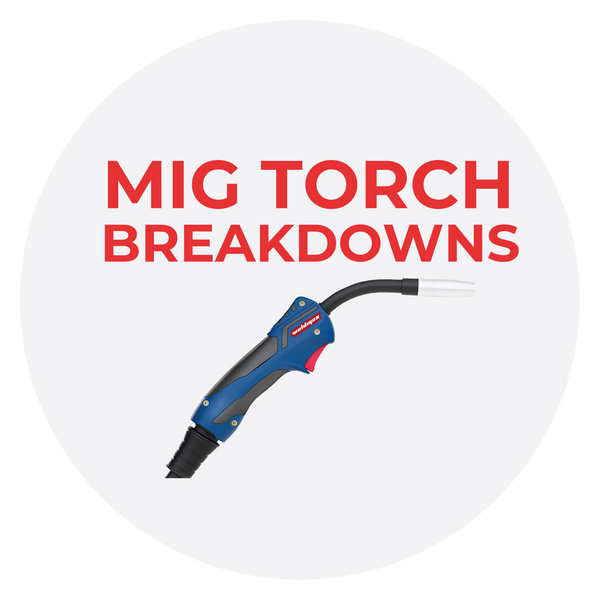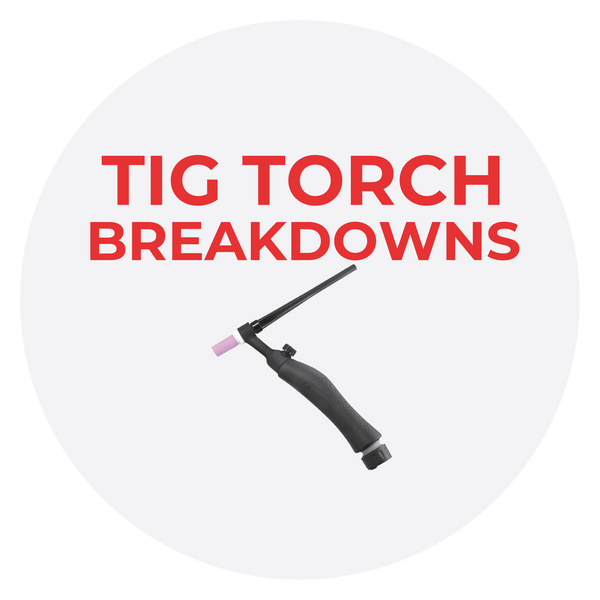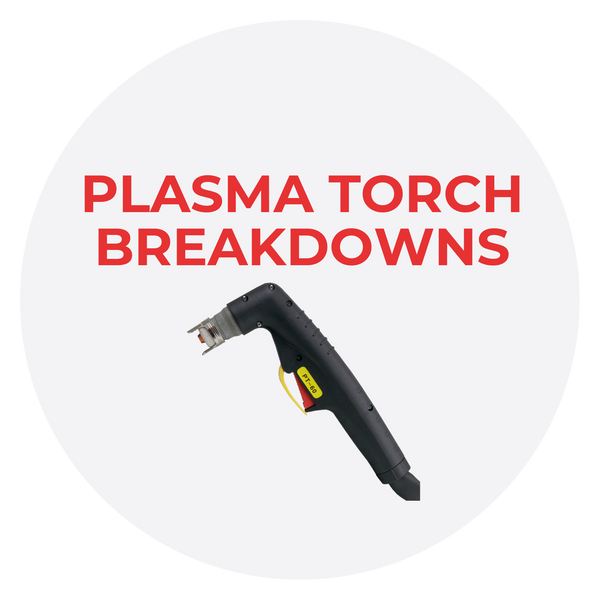
WELDING FUME: A KNOWN CARCINOGEN
WELDING FUME: A KNOWN CARCINOGEN
A closer look at the recent reclassification of welding fume as Group 1: Carcinogenic to Humans
Onwards
There is no doubt that the recent reclassification of welding fume as carcinogenic to humans by the International Agency for the Research on Cancer (IARC) has encouraged many welders and workplaces to rethink their stance on welders’ respiratory protection. This white paper aims to investigate the recent reclassification from an Australian perspective pulling relevant information from multiple sources into one easy to read document. So that employers of welders and welders themselves can make better decisions regarding welding fume and suitable respiratory protective measures. This paper also attempts to raise awareness of workplace cancer risks associated with welding so that welders question and challenge whether they are suitably protected even when operating under the current Australian workplace exposure standards for welding fume.
What has changed?
As you may already be aware, in March 2017, scientists from around the world met at the International Agency for Research on Cancer (IARC; Lyon, France) to evaluate the carcinogenicity of welding fume. Based on substantial new evidence through observational and experimental studies, welding fume has now been reclassified from “possibly carcinogenic to humans” as it was originally classified in 1989 to its new Group 1 classification as “Carcinogenic to Humans”. The working group concluded that there is “sufficient evidence in humans” that welding fumes cause lung cancer and limited evidence for kidney cancer.
Categorisation Explained
“Group 1” or “Category 1A” in Australian terms has the following description as outlined in “the guidance on the interpretation of workplace exposure standards for airborne contaminants” by Safe Work Australia:
CATEGORY 1A – KNOWN TO HAVE CARCINOGENIC POTENTIAL FOR HUMANS Substances known to have carcinogenic potential for humans are substances for which there is sufficient evidence to establish a relationship between human exposure to these substances and the development of cancer
What are the current Australian Workplace Exposure Standards for welding fume and what do they mean?
“In addition to complying with the exposure standards for specific contaminants, the fume concentration in the breathing zone (which is inside a welder’s helmet when a helmet is worn) must not exceed 5 mg/m3 using a TWA”3 (Time Weighted Average). This means that the maximum average airborne concentration of total welding fume when calculated over an 8-hour working day, over a five-day working week, must not exceed 5 milligrams of substance per cubic metre of air. In addition to this general exposure standard, there are then specific exposure standards for particular types of chemicals. Below we list the most common fumes and chemicals workers may be exposed to when welding and the respective health effect as well as the TWA exposure limit released by Safe Work Australia:
Australian Workplace Exposure Standards
How revisions of Australian workplace exposure standards are done in light of the recent reclassification of welding fume
“The guidance on the interpretation of workplace exposure standards for airborne contaminants” released by Safe Work Australia very clearly states that “exposure standards are updated occasionally and may not always reflect the latest research or state of knowledge on the hazardous effects of chemicals. Classifications may become out-dated and incorrect where new information about a substance’s hazards becomes available. Exposure standards do not identify a dividing line between a healthy or unhealthy working environment and are only provided for information purposes to help minimise exposure. Therefore, exposure standards should not be considered as representing an acceptable level of exposure to workers. They establish a statutory maximum upper limit”3. As a result, it’s important to note that the current Australian exposure standards should only be taken as a starting point and they have not been revised since the reclassification of welding fume by the IARC.
Are Aussie welders safe when operating under the exposure standards?
Based on the typical respiratory rate of 20 litres of air per minute or 2,300 m3 of air per year, a welder operating within the workplace exposure standards for general welding fume (5 mg/m3), wearing no respiratory protection could inhale up to 11 grams of welding fume per year. So year on year, an unprotected welder operating within the workplace exposure limits can inhale 11 grams of a now known, identified and classified carcinogen.
How do Australia’s workplace exposure standards stack up with the rest of the world?
In Germany, there is a regulation translated as “Technical Rules for Welding Applications” (TRGS 528) which is based on the TRGS 900 Exposure Limits. Currently the exposure limit and regulation for general dust or nonspecified welding fume (where no other specific exposure limit exists for that substance) is 1.25 mg/m3. All German exposure limits are monitored and revised (if necessary) every two years to give the best possible picture of the hazards and associated risks. Therefore an Australian welder operating under the legal workplace exposure limits (5 mg/m3) for welding fume in Australia is exposed to 4 times the level of a known carcinogen than that of a German welder working under the TGRS 528 (1.25 mg/m3) regulation in Germany.
Have there been any recorded cases in Australia where a solid link between welding and cancer was established?
“Around 5,000 cases nationally every year are linked to workplace carcinogens, with an estimated 3.6 million Australians exposed to cancer-causing agents at work”. In 2014, theage.com.au reported on an Australian first linking a Melbourne man’s deadly lung tumor to toxic welding fumes. “Anh Tran, a 54-year-old ex-smoker whose right lung was surgically removed, won Workcover compensation after a court ruled that working as a welder had raised his risk of contracting lung cancer”. “The Victorian County Court ruled in favor of Mr. Tran in light of testimony from medical experts that former welders were 44 percent more likely to contract lung cancer compared to people who have never worked in the field”. “It was the first time in Australia that compensation had been awarded due to a link between lung cancer and welding fumes”, opening the door for future compensation claims.
What should you do as an Employer to ensure welder's safety in their workplace?
The employer has the primary responsibility to ensure that welders, as far as reasonably practicable, are not exposed to health and safety risks whilst performing their job. If it is impossible to eliminate the risk entirely the employer must minimise the risk as far as reasonably practicable by introducing engineering or administrative controls such as ventilation and the use of personal protective equipment such as welding powered air respirators or supplied air respirators. Welders must be informed of the risks and be a part of the decision-making process to draw on their knowledge and expertise to help select the most appropriate control measures including any personal protective equipment they may require. “Welders also have a responsibility to take reasonable care for their own health and safety. Welders must comply with any reasonable instruction and co-operate with any reasonable policy or procedure relating to health and safety at the workplace. If personal protective equipment is provided by the person conducting the business or undertaking, the worker must use it in accordance with the information, instruction and training provided”. “If there is any doubt that the controls implemented have been effective or to determine whether an exposure standard is being exceeded, air monitoring will be necessary. The Australian Institute of Occupational Hygienists can be contacted to help find a qualified occupational hygienist who may be able to help”.
What are the steps to take to protect Aussie welders regarding this recent reclassification?
“Unlike most chronic toxic effects, which usually manifest during the period of exposure, a carcinogenic effect may take many years from the initiating event to a clinical diagnosis of cancer. A diagnosis of cancer may not be made until long after cessation of exposure”3. “In order to manage risk under the WHS Regulations, a duty holder must:
- Identify reasonably foreseeable hazards that could give rise to the risk
- eliminate the risk so far as is reasonably practicable
- if it is not reasonably practicable to eliminate the risk – minimise the risk so far as is reasonably practicable by implementing control measures in accordance with the hierarchy of risk control
- maintain the implemented control measure so that it remains effective
- Review, and if necessary, revise all risk control measures so as to maintain, so far as is reasonably practicable, a work environment that is without risks to health and safety”.
“Therefore, in the case where elimination and the substitution of less hazardous materials are technically not possible, the use of the carcinogenic substances should be controlled to the highest practicable standard by the application of effective engineering controls such as ventilation systems and, where necessary, complemented by the use of appropriate personal protective equipment”.
Recommended Personal Protective Equipment (PPE) and how it works
“In most cases, PPE must be worn by workers when welding to supplement higher levels of controls such as ventilation systems or administrative controls”. In the 2017 Occupational Cancer Risk Series on Welding released by the Cancer Council, they advise that welders should “wear either air supplied or air-purifying respiratory protection5” and use “a full-face welding helmet, with a UV filtered lens5” as well as suitable clothing, welding gloves, and welding boots. Welding helmets have come a long way since the humble “hiderok”. Auto-darkening welding helmet configurations are now available with integrated powered or supplied air respiratory protection options. These configurations can give welders combined eye, face and respiratory protection compliant with Australian standards with the added benefit of keeping welders cooler and more comfortable. Some options can also give welders five levels of protection with integrated hearing and safety helmet options.
How Powered Air Purifying Respiratory Protection and Supplied Air Respiratory Protection takes care of you
Respirators are rated based on a Required Minimum Protection Factor (RMPF) in Australian Standard AS/NZS1715. This indicates, if properly worn, the level to which the respirator protects the wearer from the surrounding pollutants. Powered Air Purifying Respirators if correctly worn have a RMPF of 50 meaning that they supply air a minimum 50 times cleaner than the welder would otherwise be breathing unprotected. Supplied air respirators provide the welder with a RMPF of 100+. Or in other terms, these systems deliver air to the welder that is at least 100 times cleaner than the air in the surrounding environment. To put this into perspective, disposable and reusable respirators have a RMPF of 10 if properly fitted and worn. Therefore, disposable and reusable half face respirators provide 1/5th of the protection of a powered air respirator and 1/10th of the protection of a supplied air respirator. The below figure gives a basic guideline of what type of respiratory protection could be worn based on material, process and ventilation. This chart has only been provided as an example and is only provided as a basic guideline. It should not be used as the only means of selecting a respirator.

How can the RMPF of a respirator be used to calculate and minimise the risk?
As discussed above, the general workplace exposure limit in Australia for general welding fume is 5 mg/ m3 TWA when no specific chemical is identified with a workplace exposure limit lower than the general guideline. Also alluded to above, this means that an unprotected welder could inhale up to 11 grams of carcinogenic welding fume per year working within the current workplace exposure standards. The tube pictured below contains 11 grams of welding fume particles. If a powered air purifying respirator is worn with a RMPF of 50 the wearer’s exposure can be reduced to at least 1/50th. In this example, this would reduce the welder’s potential inhalation from 11 grams (complete tube below) to approximately 0.22 milligrams over a full year (the level above the purple line in the image below). “The incidence of cancer is usually dose related ”3 meaning that “the greater the exposure to the carcinogen, the higher the risk of developing the cancer associated with that substance or mixture. Conversely, the smaller the exposure, the lower the probability of developing cancer”3. Therefore, Australian welders run a lower risk of developing cancer when wearing suitable PPE when welding.
Are there any examples from local large Aussie companies changing their stance on welding fume and welder’s PPE?
So what needs to be done in Australia to promote change in the workplace exposure standards for welding fume?
There is a current project by Safe Work Australia to review and update “all” of the current standards. Safe Work Australia has confirmed that welding fumes (not otherwise classified) will be included in the review. With what is now known surrounding the carcinogenicity of welding fume it is hoped that the current review will look to update the current welding fume exposure standards.
Article By: Team AWS
To know more about the latest information and news on the hazards of welding fumes click the link https://www.awsi.com.au/blog/welding-fume-white-paper
The QWS team is well trained in recommending efficient RESPIRATORY PROTECTION options to protect yourself from hazardous welding fumes at all times with efficient respiratory protection.
QWS offers a broad range of respiratory protection, we have RESPIRATORS WITH VALVES, FILTERS & PRE-FILTERS, SILICON HALF MASK FACE PIECE, PARTICULATE FILTERS, HEAD HARNESS, FILTER ADAPTORS, PEEL-OFF VISOR OPTIONS, NECK PADS, FILTER RETAINERS, TWIN FILTER HALF MASKS, RESPIRATOR CLEANING WIPES, SOCK FILTERS, DISPOSABLE RESPIRATORS, RESPIRATOR WELDING KIT, BREATHING TUBES and many more…
Click on the link to see our full range of Respiratory Protection https://queenslandweldingsupplies.com.au/collections/respiratory-protection
Contact Queensland Welding Supply anytime to discuss your personal requirements in detail so we can find the most suitable solution for you. CALL US 07 3399 6199 OR 1800 108 900
